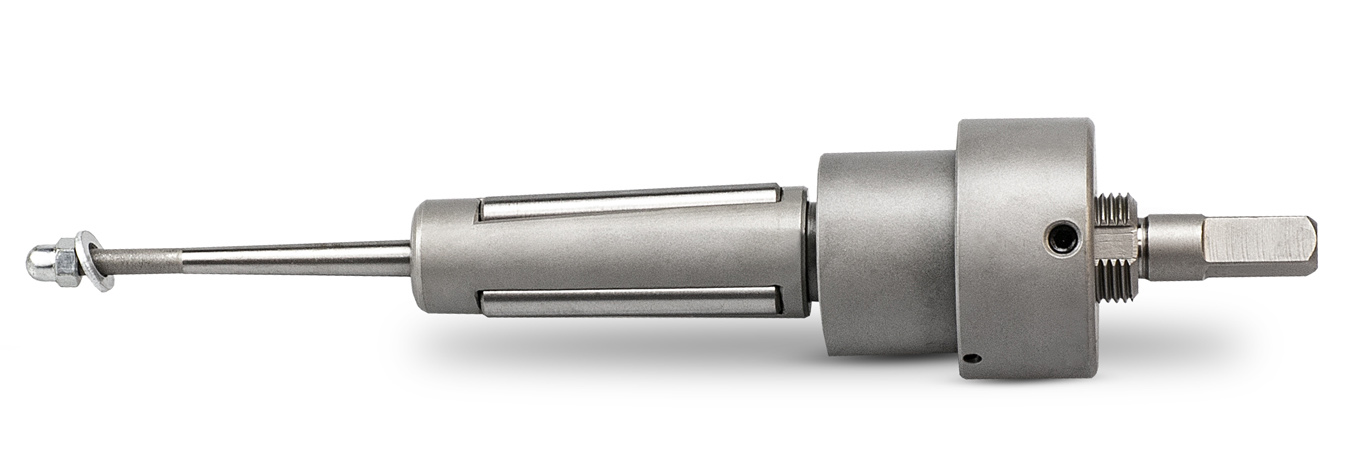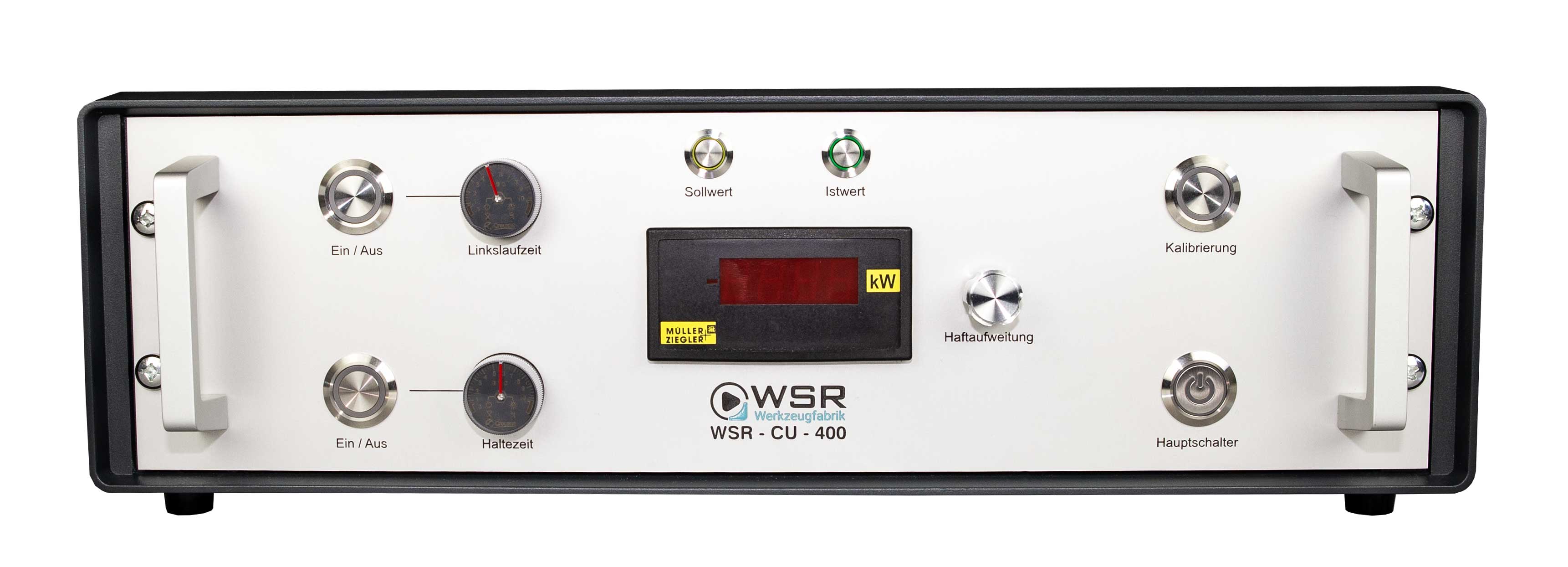Tube expansion guide
Tube expansions can be compared to cold rolling of steel sheets. The tube to be expanded can also be referred to as “an endless steel sheet“.
The tube reaches two stages during the expansion process. The first stage is reached, when the outer tube diameter is equal to the inner diameter of the tube sheet hole. This is termed as “metal to metal contact“. The metal to metal contact is sufficient, when a wielded tube only has to be docked, to prevent crevice corrosion. The expansion itself is not leakproof.
If the tube is expanded beyond the metal to metal stage, the second stage, termed as expansion limit, is reached.
This kind of expansion does not only prevent crecive corrosion, it also provides a sealing function. The exaggerated deformation of the material caused by excessive expansion must not interrupt the molecular cohesion of the tube materials. In this case the tube material could crack or break caused by a rapid aging process. It could then happen that the tube will prove useless after a few days in service, even though the leakproof tests had turned out positive.
The requirements for proper expansions are conditioned by tube diameters, tube material, effective lengths of expansion as well as operating pressure. It is recommended to perform multiple attempts of expansion to determin the correct expansion limit.
Recommended expansion ranges:
Metal to metal contact: approx. 3 – 5% of tube wall thickness
Expansion limit: approx. 15 – 20% of tube wall thickness
Calculation expansion limit
(conventional method)
Click edit button to change this text.
Conversion table expansion limit
conventional method / DIN 28187
Click edit button to change this text.
Would you like a consultation?
+49 2191 973323
info@schlechtriem.de




